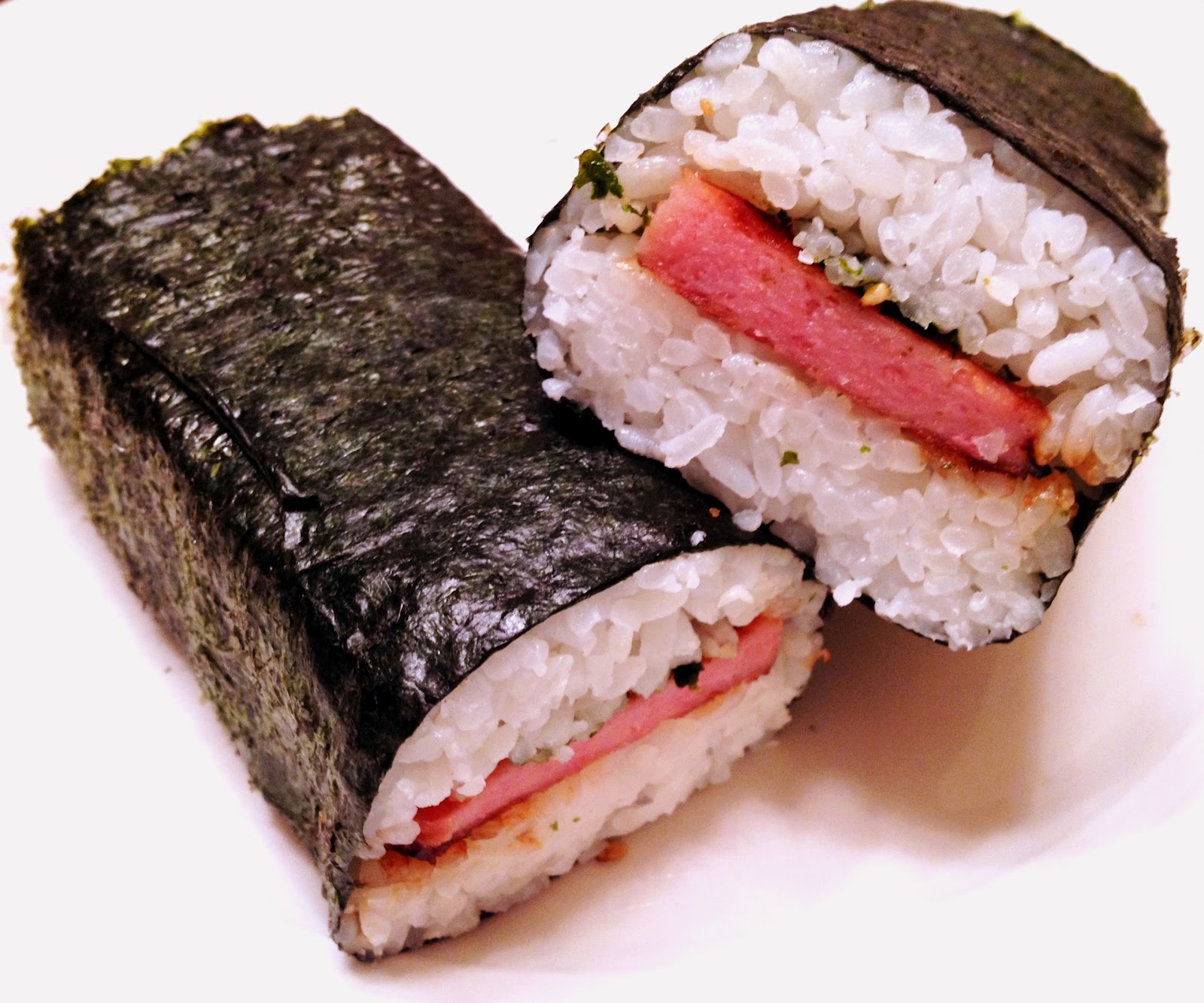When you think of sushi, traditional ingredients like fresh fish, seaweed, and rice come to mind. However, a unique twist has emerged in the sushi scene, introducing an unexpected player—Spam. This canned meat, often associated with quick meals and comfort food, is finding its way into the world of sushi, creating a fusion that delights adventurous eaters. The combination of Spam and sushi is challenging culinary norms and inviting a new generation to experience the joys of sushi in a whole new light.
Spam for sushi is not just a passing trend; it's a reflection of how food cultures can blend and evolve. The savory, salty flavor of Spam pairs remarkably well with the vinegared rice and seaweed, adding a different texture and taste to the traditional sushi experience. Many sushi enthusiasts and foodies are now embracing this combination, showcasing their creativity and willingness to experiment with flavors that might have once seemed unconventional.
As we dive deeper into this culinary innovation, we'll explore the origins of Spam in sushi, the best ways to prepare it, and why this combination is gaining popularity across the globe. From sushi rolls to poke bowls, the inclusion of Spam is transforming menus and challenging perceptions of what sushi can be. Join us as we uncover the fascinating world of spam for sushi!
What is Spam for Sushi?
Spam for sushi refers to the use of Spam as an ingredient in sushi dishes. This includes not only traditional sushi rolls but also variations like Spam musubi and poke bowls that incorporate diced Spam. The rich, savory flavor of Spam complements the freshness of sushi rice and the umami of seaweed, making it a unique yet satisfying option for sushi lovers.
How Did Spam Become Popular in Sushi?
The introduction of Spam into sushi can be traced back to Hawaii, where Spam is a popular ingredient due to its historical significance during World War II. As food shortages occurred, canned goods like Spam became staples in Hawaiian diets. Over time, locals began incorporating Spam into sushi, leading to the creation of dishes like Spam musubi. This fusion of Japanese and Hawaiian cuisine has since spread across the mainland and beyond.
What Are the Different Types of Spam Sushi?
There are several delightful variations of Spam sushi that you can try. Here are some popular types:
- Spam Musubi: A sushi-like snack consisting of a block of rice with a slice of Spam wrapped in seaweed.
- Spam Sushi Rolls: Traditional sushi rolls filled with Spam, avocado, cucumber, and other ingredients.
- Spam Poke Bowl: A poke bowl featuring diced Spam, served over rice with various toppings.
- Spam Nigiri: Slices of Spam placed atop small mounds of sushi rice, often garnished with sauces.
Why is Spam for Sushi Gaining Popularity?
Spam for sushi is gaining popularity for several reasons:
- Accessibility: Spam is widely available and affordable, making it an attractive option for many.
- Flavor Profile: The rich and salty flavor of Spam provides a contrasting taste that many people enjoy.
- Fusion Culture: As food cultures continue to merge, people are more open to trying innovative combinations.
- Comfort Food Appeal: Spam evokes nostalgia for many, making it a comforting choice for sushi enthusiasts.
How to Prepare Spam for Sushi at Home?
If you're interested in making Spam sushi at home, here’s a simple guide to get you started:
- Ingredients: Gather sushi rice, nori (seaweed), canned Spam, and any additional fillings (like avocado or cucumber).
- Cook the Rice: Prepare sushi rice by rinsing it and cooking it according to package instructions. Season with rice vinegar, sugar, and salt.
- Prepare the Spam: Slice the Spam into thin pieces and pan-fry until crispy, or use it straight from the can.
- Assemble: Lay a sheet of nori on a bamboo mat, spread a layer of sushi rice, add slices of Spam and any other fillings, then roll tightly.
- Slice and Serve: Cut the roll into bite-sized pieces and serve with soy sauce, wasabi, or pickled ginger.
What Are the Health Considerations of Spam for Sushi?
While Spam can be a tasty addition to sushi, it's essential to consider its nutritional value:
- High in Sodium: Spam is typically high in sodium, which may not be suitable for those on a low-sodium diet.
- Processed Meat: As a processed meat, Spam may not be as nutritious as fresh seafood or vegetables.
- Moderation is Key: Enjoy Spam sushi in moderation and balance it with healthier ingredients.
Where Can You Find Spam Sushi?
Spam sushi can be found in various locations:
- Hawaiian Restaurants: Many Hawaiian eateries feature Spam musubi and other Spam sushi options.
- Sushi Bars: Some sushi bars are now experimenting with Spam in their rolls and dishes.
- Food Trucks: Look out for local food trucks that specialize in fusion cuisine.
- Homemade: With the right ingredients, you can easily make Spam sushi at home!
Conclusion: Is Spam for Sushi Here to Stay?
As culinary boundaries continue to blur, Spam for sushi is undoubtedly carving out its niche in the food landscape. This fusion of flavors not only showcases creativity but also reflects the evolving nature of food traditions. Whether you’re a sushi purist or a culinary explorer, trying Spam sushi could open your palate to exciting new tastes. So, the next time you’re in the mood for sushi, consider giving Spam a chance—it might just surprise you!
Discovering Boruto: The Legacy Of Naruto's Son
Understanding The Dynamic Of A Stepmom Sister
Exploring The Fascinating World Of Feedee Tik Tok
:max_bytes(150000):strip_icc()/HeroMusubi-76a8449ca9844f30bc744074319aad85.jpg)

